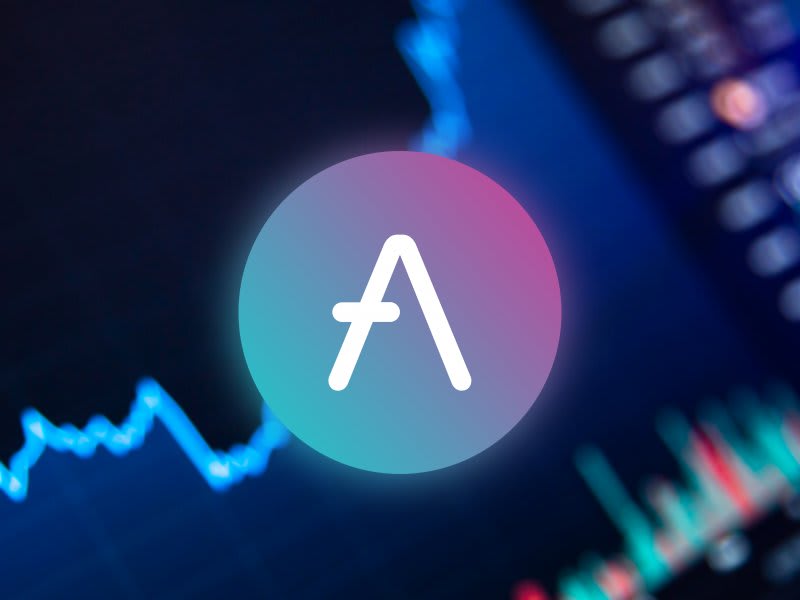Aave and stAave Movements on Ethereum Mainnet
This dashboard visualizes daily, weekly, and monthly movements of AAVE tokens on the Aave protocol specifically occurring on the Ethereum Mainnet, including both supply and withdrawal activities, as well as the daily staking and unstaking of AAVE tokens.
This dashboard visualizes daily, weekly, and monthly movements of AAVE tokens on the Aave protocol specifically occurring on the Ethereum Mainnet, including both supply and withdrawal activities, as well as the daily staking and unstaking of AAVE tokens. In short, the 3 parts of this dashboard are:
1-Deposits and Withdrawals
2- Stakes and Unstakes
3-Comparison
Aave is a decentralized finance (DeFi) protocol that allows users to lend and borrow cryptocurrencies. It is one of the largest DeFi protocols in terms of total value locked (TVL), with over $10 billion locked in as of March 2023.
Aave works by allowing users to deposit cryptocurrencies into lending pools. These pools are then used to provide loans to other users. Borrowers must provide collateral, which is another cryptocurrency that is worth more than the amount they are borrowing. This collateral is used to secure the loan, and it can be liquidated if the borrower defaults.
All these data are extracted from Flipsidecrypto tables.
- To extract AAVE deposits data “ethereum.aave.ez_withdraws“ table will be used.
- To extract AAVE withdrawals data “ethereum.aave.ez_votes“ table will be used.
- To extract AAVE staking data “ethereum.aave.ez_votes“ table will be used.
Discord: sami-1990#2840
Tweeter: Samiiiiii12122




Features
-
Overcollateralized loans: Aave loans are overcollateralized, which means that borrowers must provide more collateral than they are borrowing. This helps to protect lenders from losses in case of a default.
-
Flash loans: Aave allows users to take out a loan without providing any collateral. However, the loan must be repaid in the same transaction. This can be used for a variety of purposes, such as arbitrage and market making.
-
Earn interest: Lenders can earn interest on their deposits in Aave lending pools. This interest rate is variable and is determined by supply and demand.
-
Borrowing: Borrowers can borrow cryptocurrencies from Aave lending pools. The interest rate for borrowing is also variable and is determined by supply and demand.
Risks
-
Smart contract risk: Aave is a decentralized protocol, which means that it is built on smart contracts. Smart contracts are computer programs that are stored on the blockchain and that automatically execute when certain conditions are met. There is always a risk that a smart contract could have a bug or be hacked, which could lead to losses for users.
-
Liquidity risk: Aave is a lending protocol, which means that it relies on liquidity to function. If there is not enough liquidity in the Aave protocol, it could become difficult for users to borrow or lend cryptocurrencies.
-
Regulatory risk: DeFi protocols are still a relatively new technology, and there is a risk that they could be regulated by governments in the future. This could make it more difficult for users to access DeFi protocols, and it could also lead to changes in the way that DeFi protocols operate.
stAAVE
stAAVE is a synthetic token that represents ownership of AAVE tokens. stAAVE is minted when AAVE tokens are deposited into the AAVE protocol and burned when AAVE tokens are withdrawn.
AAVE
AAVE is a decentralized lending protocol that allows users to borrow and lend cryptocurrency. The AAVE token is used to govern the protocol and to earn rewards for providing liquidity.